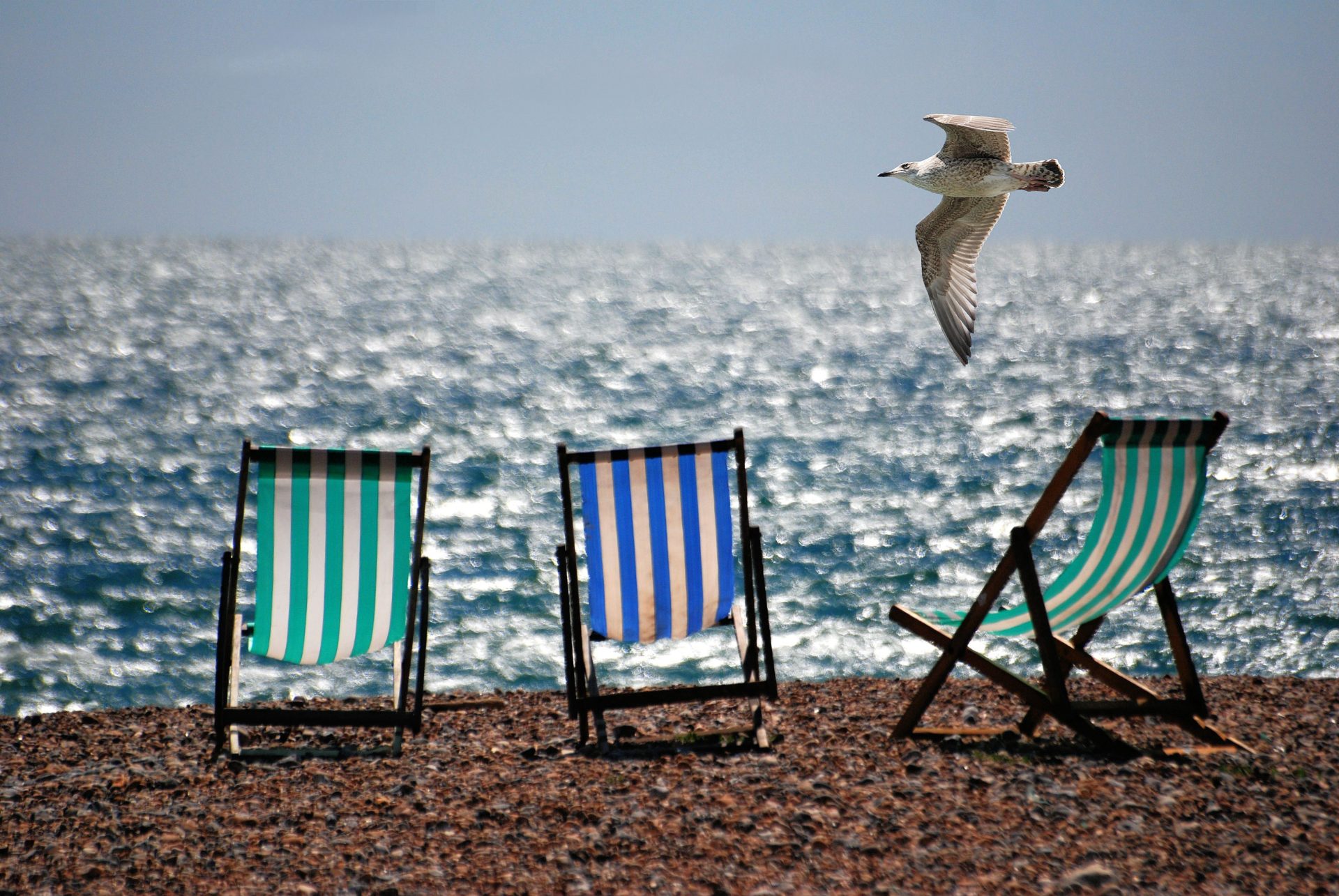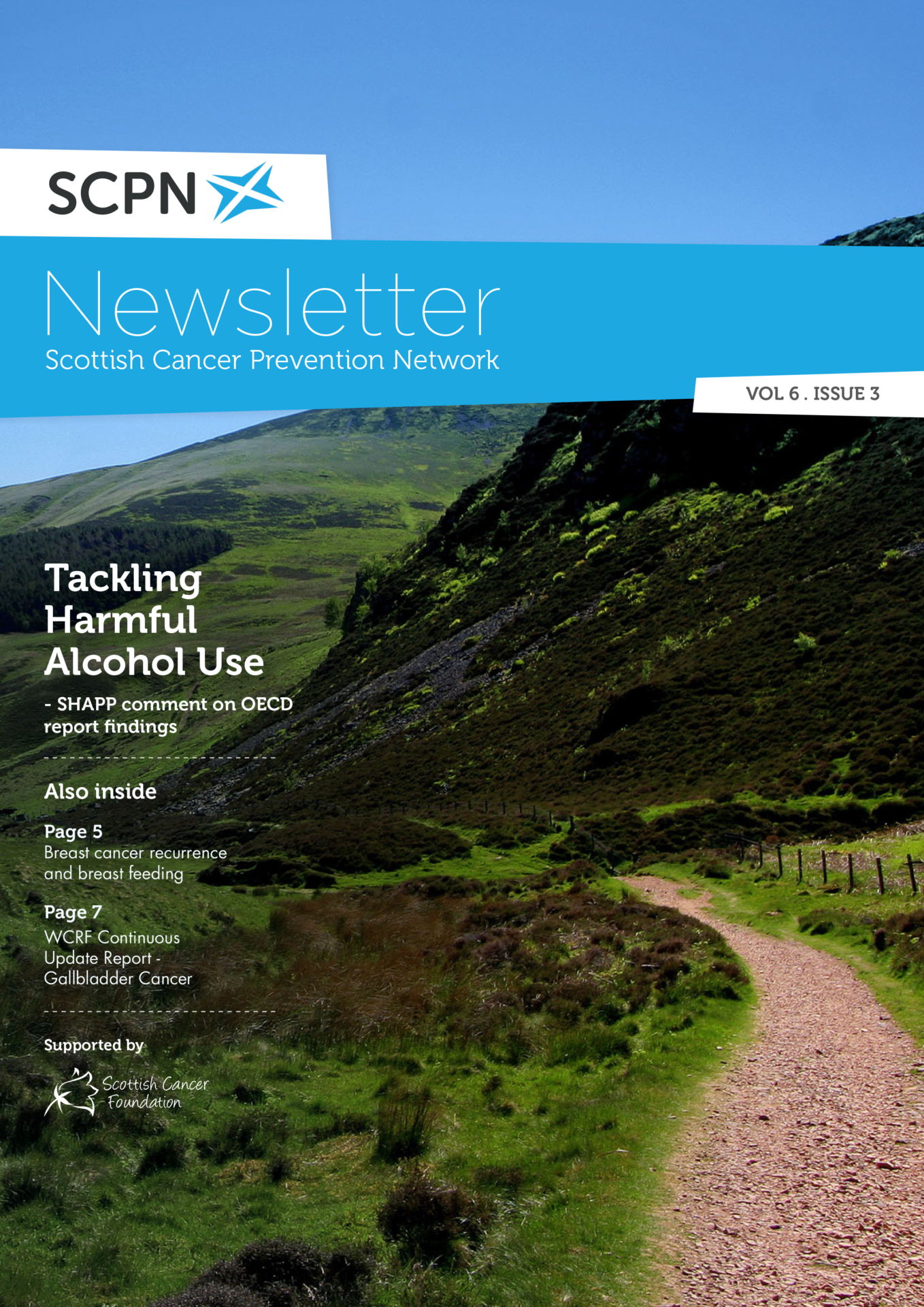
Sunscreens

22 Jul 15 |
We all love to see the sun but of course we have to be careful with our skin to prevent skin cancer, one of the most common cancers in the UK – not to mention avoiding the wrinkled, leathery look common to some American celebrities.
The sun gives out two types of ultraviolet radiation – UVB rays, the main culprit causing sunburn and skin cancer and UVA rays, which penetrate the skin more deeply and are associated with wrinkling, leathering, sagging, and other light-induced effects of aging (photoaging). UVA rays can make the cancer causing effects of UVB rays worse, and increasingly are being seen as a cause of skin cancer on their own.
Sunscreens help prevent the sun’s UV radiation from reaching the skin. Sunscreens include both chemical and physical substances. Chemical sunscreen ingredients absorb UV rays and convert the sun’s radiation into heat energy, while physical sunscreens deflect and scatter the rays before they penetrate your skin. Your sunscreen should be ‘broad spectrum’ which means it protects against both types of harmful rays. SPF – or Sun Protection Factor – is a measure of a sunscreen’s ability to prevent UVB from damaging the skin. The greater the SPF, the greater the protection from the sun.
How good sunscreens are at protecting against UVA and UVB varies, so it is important to have the right sunscreen for you, and to determine how you are going to use it. If you are outside only for minutes at a time, a sun protection factor (SPF) of 15, which filters out about 93% of UV radiation, is usually sufficient.
For extended, intense exposure, you should use a broad spectrum, water-resistant sunscreen with an SPF of 30 or higher. SPF 30 filters out up to 97 percent of the sun’s UV radiation; SPF 50 filters out up to 98 percent, so there is not a great difference above factor 30. In practice the main reason for sunscreen failure is not applying enough – use plenty – or nor applying often enough. As a rough guide, apply about 2 tablespoons of sunscreen to your entire body 30 minutes before going outside. Try to reapply every two hours or immediately after swimming or excessive sweating. Applying sunscreen in the sun can cause the sunscreen to evaporate before it has had a chance to bond to the skin.
Which type of sunscreen is right for you? People with sensitive skin (such as acne or rosacea), babies and children should probably use physical sunscreens and products which avoid alcohol, preservatives or fragrances. Getting children to use sunscreen is half the battle, so make it fun by using spray sunscreens or brightly coloured packaging.
Older people, despite having already received large amounts of UV light exposure in their lifetime, can still benefit from sunscreen use. Those with decreased mobility may have a hard time applying sunscreen to areas such as the legs and back; for them, spray-on sunscreens may be a great option and should be applied until an even sheen appears on the skin.
Don’t forget, that even if you use the right protection, examine your skin head-to-toe every month for any changes in your skin or moles which might make you suspect cancer. Early detection is vital. The advice if you have previously had a skin cancer is the same as otherwise – enjoy your life, try not to burn and use sun protection sensibly.
This article was originally published in the SCPN Newsletter Volume 6, Issue 3. Read the full issue here:

The SCPN Newsletter: Volume 6, Issue 3
In this, our Summer 2015 issue, we hear from SHAAP on Tackling Harmful Alcohol Use following OECD report findings, discuss research on breast cancer recurrence and breast feeding, and disseminate the latest from WCRF’s Continuous Update Project, as well as looking at cancer prevention from a Western Australian perspective, following our co-director’s visit to Oz, and more.